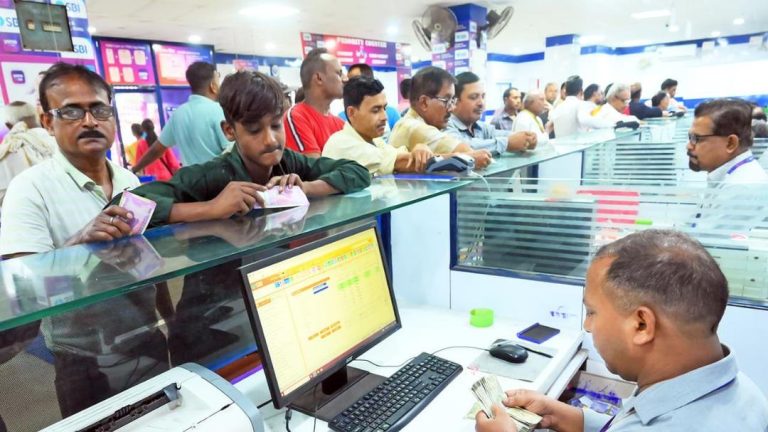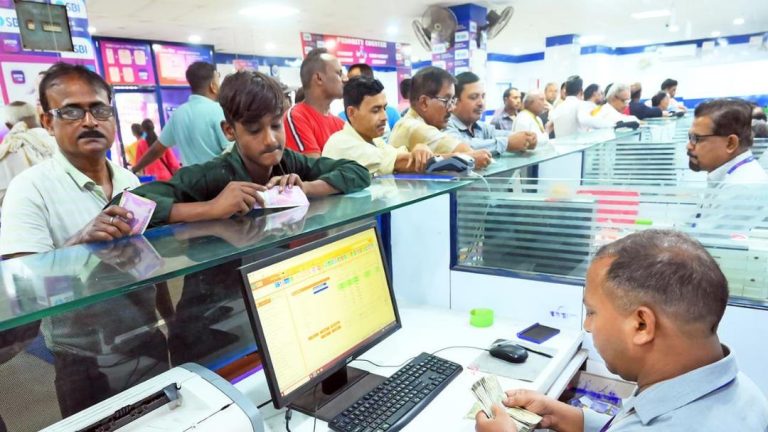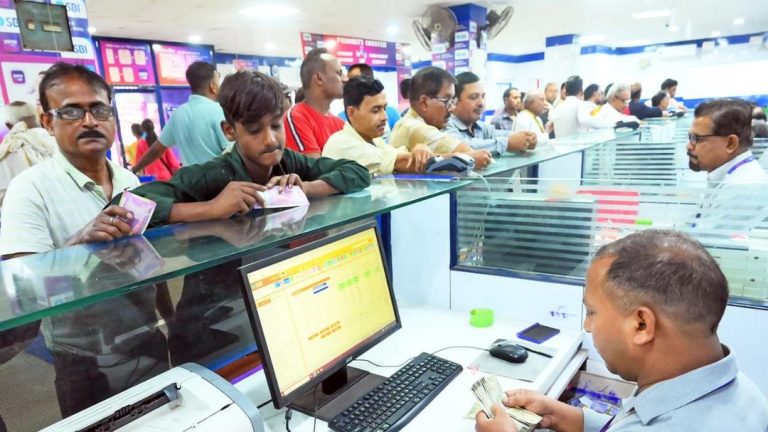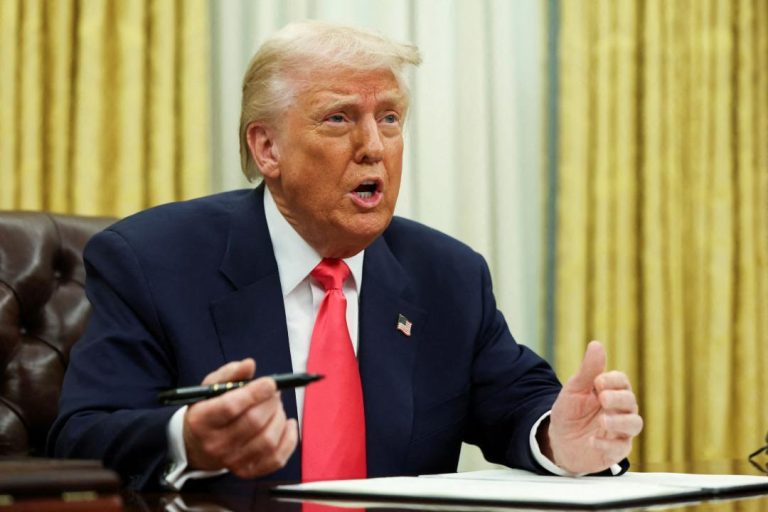
RBI’s Government Securities Holdings Jump to 14.2%: SBI Report
The Reserve Bank of India’s (RBI) share in government securities has witnessed a significant surge, rising to 14.2% in June 2025 from 11.9% last year, according to a recent report by the State Bank of India (SBI). This increase in the central bank’s holdings is a notable development, especially when considered in the context of the current economic landscape. In this blog post, we will delve into the implications of this trend and explore the potential impact on the bond market and the overall economy.
To put this development into perspective, it is essential to understand the role of government securities in the Indian economy. Government securities, also known as G-Secs, are debt instruments issued by the government to finance its fiscal deficit. These securities are held by various entities, including banks, insurance companies, and the RBI. The RBI, as the central bank, plays a crucial role in managing the money supply and regulating the bond market through its open market operations (OMO).
The SBI report highlights that the RBI’s increased holdings of government securities are a result of its efforts to manage liquidity in the system. The central bank has been actively involved in buying and selling government securities to regulate the money supply and maintain financial stability. This is particularly important in the current scenario, where the government is expected to undertake significant borrowings to finance its fiscal deficit.
One of the key implications of the RBI’s increased holdings of government securities is the potential impact on bond yields. With the central bank holding a larger share of government securities, the demand for these securities is likely to remain strong, which could keep bond yields rangebound. This is because the RBI’s purchases of government securities can help to reduce the supply of these securities in the market, thereby supporting prices and keeping yields in check.
However, the report also notes that banks have reduced their exposure to government securities, which could have a counterbalancing effect on bond yields. Banks are significant players in the bond market, and their reduced holdings of government securities could lead to a decrease in demand, putting upward pressure on bond yields. This could be a concern for the government, as higher bond yields can increase the cost of borrowing and make it more expensive to finance its fiscal deficit.
On the other hand, insurance companies have maintained their holdings of government securities, which is a positive development. Insurance companies are long-term investors, and their stable holdings of government securities can provide a steady source of demand for these securities.
Another important aspect to consider is the RBI’s foreign exchange interventions, which have tightened liquidity in the system. The central bank has been actively managing the exchange rate, and its interventions in the foreign exchange market have resulted in a reduction in liquidity. This has prompted the RBI to undertake fresh OMO moves to inject liquidity into the system and maintain financial stability.
In the context of the upcoming central and state government borrowings, the bond market is likely to remain volatile. The government’s heavy borrowing program is expected to put pressure on bond yields, and the RBI’s actions will be crucial in managing the bond market and maintaining financial stability. The central bank’s increased holdings of government securities, combined with its foreign exchange interventions, will be important factors to watch in the coming months.
In conclusion, the RBI’s increased holdings of government securities to 14.2% in June 2025 is a significant development that has important implications for the bond market and the overall economy. The central bank’s actions will be crucial in managing the bond market and maintaining financial stability, particularly in the context of the government’s heavy borrowing program. As the economy continues to evolve, it will be essential to monitor the RBI’s actions and their impact on the bond market and the economy.






